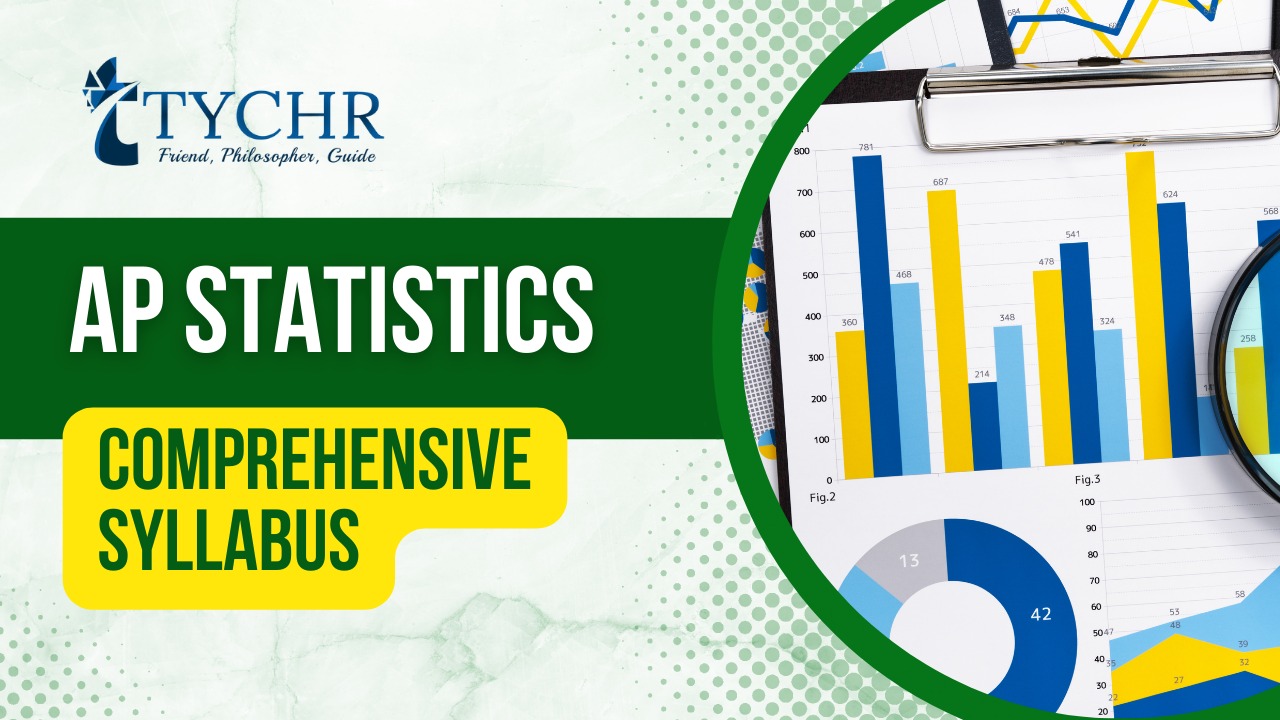| Subtopic Number |
Subtopic |
Key Points |
| 7.1 |
Introducing Statistics: Should I Worry
About Error? |
- “Introducing Statistics: Should I Worry About Error?” discusses the concept of sampling variability and how it affects the accuracy and precision of statistical estimates.
- The video emphasizes the importance of understanding the sources of error in statistical analyses, such as sampling error, measurement error, and bias, and how to minimize them.
- By acknowledging and accounting for sources of error, statisticians can improve the validity and reliability of their conclusions and make more informed decisions based on data.
|
| 7.2 |
Constructing a Confidence Interval for a Population Mean |
- Constructing a Confidence Interval for a Population Mean is a statistical method that provides an estimated range of values for a population mean based on a sample mean and sample size.
- It explains how to calculate the standard error of the mean, select the appropriate confidence level, and determine the margin of error to construct a confidence interval.
- By using this method, researchers can estimate the true value of a population mean with a certain degree of confidence, providing valuable information for decision-making and further analysis.
|
| 7.3 |
Justifying a Claim About a Population Mean Based on a Confidence Interval |
- This method involves calculating a confidence interval for the population mean based on a sample mean and sample size, and then comparing the claim to the interval to determine if it falls within the range of plausible values.
- By using this method, researchers can determine if a claim about a population mean is supported by the data and make informed decisions based on the results.
|
| 7.4 |
Setting Up a Test for a Population Mean |
- Specify the null and alternative hypotheses for the test of a population mean.
- Check the conditions for conducting the test, including independence and normality.
- Choose an appropriate test statistic and calculate the p-value or critical value for the test.
|
| 7.5 |
Carrying Out a Test for a
Population Mean |
- Use the test statistic and p-value or critical value to make a decision about rejecting or failing to reject the null hypothesis.
- Interpret the results of the test in the context of the problem.
- Calculate and report the confidence interval for the population mean, if applicable.
|
| 7.6 |
Confidence Intervals for the Difference of Two Means |
- A confidence interval for the difference of two means is calculated by subtracting the lower confidence limit of one sample mean from the upper confidence limit of the other sample mean.
- The formula for calculating the margin of error for a confidence interval for the difference of two means involves the standard errors of the two means, which are combined using a formula that takes into account the sample sizes of the two populations.
- In order to construct a confidence interval for the difference of two means, we need to assume that the two populations have the same variance, or that the sample sizes are large enough to allow us to use the pooled standard deviation.
|
| 7.7 |
Justifying a Claim About the Difference of Two Means Based on a Confidence Interval |
- We are 95% confident that the true difference between the means falls within the range of our confidence interval, suggesting that there is a significant difference between the two population means.
- When the confidence interval for the difference between the means does not include zero, we can conclude that there is a statistically significant difference between the two populations.
- The fact that the confidence interval for the difference between the means is narrow indicates that our sample size was large enough to produce a reliable estimate of the true difference between the two population means
|
| 7.8 |
Setting Up a Test for the Difference of Two Population Means |
- To test the difference of two population means, we can use a two-sample t-test, assuming that the samples are independent and the populations have equal variances.
- We can set up a null hypothesis that there is no difference between the means of the two populations and an alternative hypothesis that there is a significant difference.
- To conduct the test, we can calculate the t-statistic using the sample means, sample standard deviations, and sample sizes, and compare it to the critical t-value from the t-distribution with degrees of freedom based on the sample sizes and assuming equal variances
|
| 7.9 |
Carrying Out a Test for the Difference of Two Population Means |
- After setting up the null and alternative hypotheses and determining the significance level, we can calculate the t-statistic and degrees of freedom using the sample data.
- We can use a t-table or statistical software to find the critical t-value for the given degrees of freedom and level of significance.
- If the calculated t-statistic falls within the rejection region determined by the critical t-value and level of significance, we reject the null hypothesis and conclude that there is a significant difference between the population means.
|
| 7.10 |
Skills Focus: Selecting, Implementing, and Communicating Inference Procedures |
- When selecting an inference procedure, consider the type of data, the research question, and any assumptions that need to be made.
- To implement the procedure, collect relevant data, check assumptions, calculate test statistics, and interpret results.
- Communicate the inference procedure and results clearly, including appropriate visual displays, measures of center and spread, and confidence or significance levels
|








